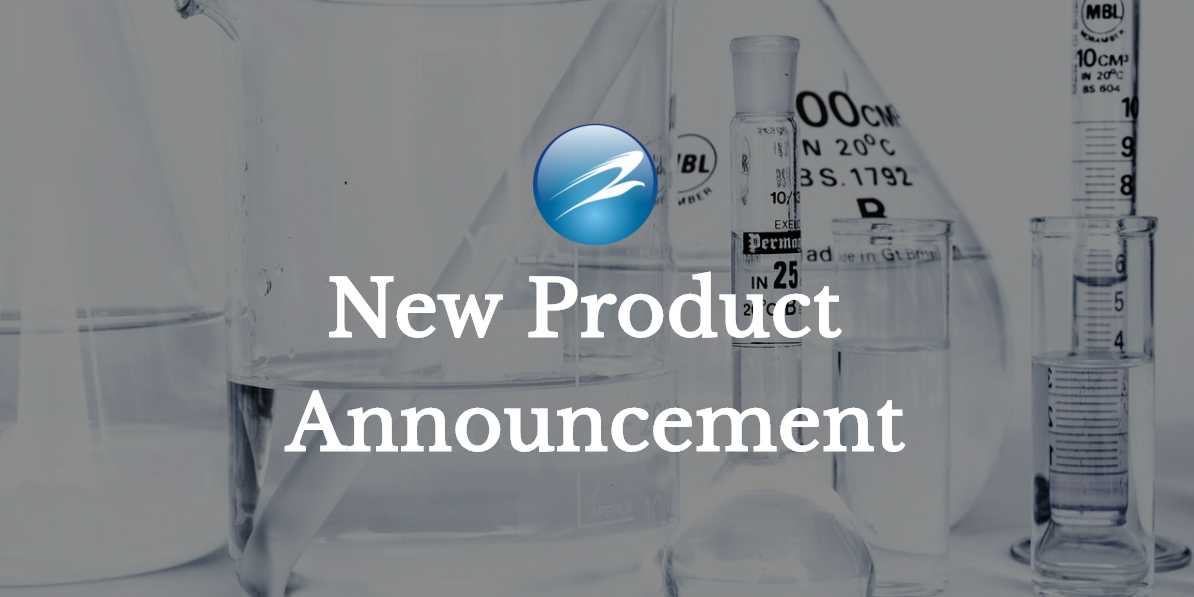
The Eagle Bioscience’s Mouse Rat 25-OH Vitamin D ELISA was recently highlighted about how the MicroRNA-122 contributes to lipopolysaccharide-induced acute kidney injury via down-regulating the vitamin D receptor in the kidney.
Abstract
Background
Our previous studies showed that vitamin D receptor (VDR) depletion promotes lipopolysaccharide (LPS)-induced acute kidney injury (AKI) in mice, and renal VDR is down-regulated in AKI, but the mechanism of VDR down-regulation is unclear.
Methods
Nutritional vitamin D deficiency was induced by feeding mice a vitamin D-deficient (VD-D) diet. Mice were injected intraperitoneally with LPS (20 mg/kg) to establish LPS-induced AKI. Levels of VDR and miR-122 were measured both in vivo and in vitro. The associations between VDR and miR-122 were analysed by dual-luciferase reporter assays.
Results
Compared with vitamin D-sufficient (VD-S) mice, VD-D mice developed more severe renal injury following LPS challenge. LPS induced a dramatic decrease in VDR expression and marked induction of miR-122 both in vivo and in vitro. Furthermore, miR-122 hairpin inhibitor alleviated LPS-induced VDR down-regulation whereas miR-122 mimic directly suppressed VDR expression in HK-2 cells. In luciferase reporter assays, miR-122 mimic was able to suppress luciferase activity in 293T cells co-transfected with a luciferase reporter that contains a putative miR-122 target site from 3′UTR of the VDR transcript, but not when this site was mutated. Moreover, miR-122 mimic significantly blocked paricalcitol-induced luciferase activity in 293T cells co-transfected with a VDRE-driven luciferase reporter, whereas miR-122 hairpin inhibitor enhanced paricalcitol’s activity to suppress PUMA and caspase 3 activation induced by LPS in HK-2 cells.
Conclusions
Collectively, these studies provide evidence that miR-122 directly targets VDR in renal tubular cells, which strongly suggest that miR-122 up-regulation in the kidney under LPS challenge contributes to kidney injury by down-regulating VDR expression.
He, J., Du, J., Yi, B., et al. MicroRNA-122 contributes to lipopolysaccharide-induced acute kidney injury via down-regulating the vitamin D receptor in the kidney. European Journal of Clinical Investigation. (2021) Full Text Here.
If you have any questions about the Mouse Rat 25-OH Vitamin D ELISA or our other offerings, contact us here.



